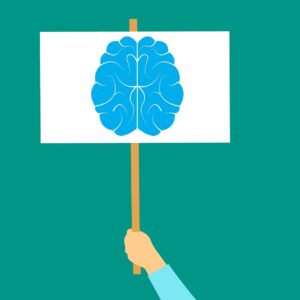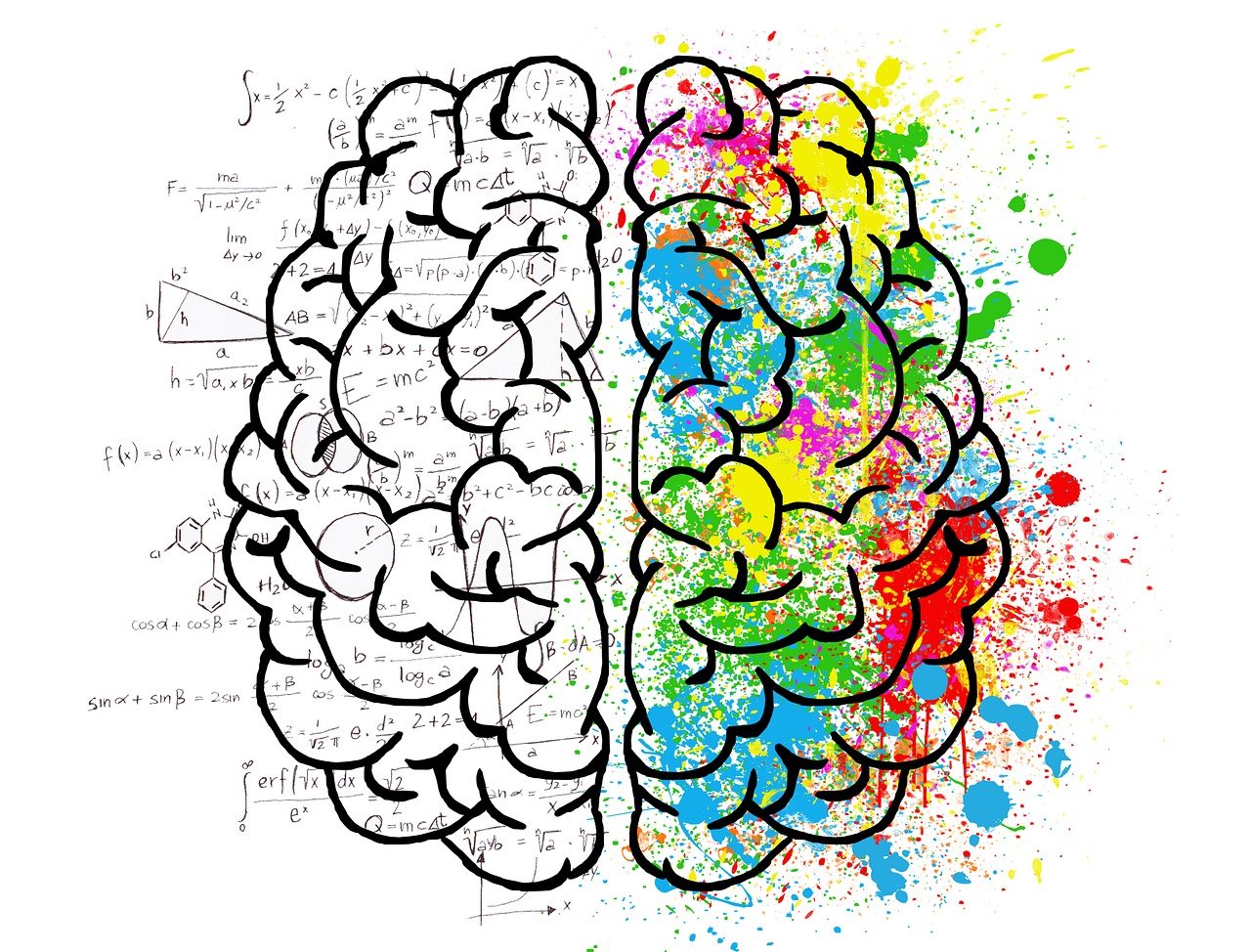Here’s one of the biggest questions faced by researchers in the field of near-death studies. Can near-death experiences be scientifically explained? Do we scientifically understand what causes them or what they mean?
Big questions are often coupled with big responses, but this is one instance where we can sum things rather quickly. No, near-death experiences cannot yet be scientifically explained. We don’t yet understand what causes near-death experiences (NDEs), or why they present the way they do.
There have been countless theories regarding what NDEs are and what causes them, but many of these have been debunked. And while IANDS and other organizations in the field of near-death studies have made tremendous strides over the past forty to fifty years, we’re still uncovering new facts about NDEs today.
Many attempts at offering scientific explanations have been insufficient (or even debunked)
Through the years, a number of scientific explanations have been offered that might explain what’s happening before, during, and after an NDE. But most of these theories are insufficient, anecdotal, or even debunked outright, thanks in large part to the work of the dedicated researchers involved in near-death studies.

Some have posited that NDEs are the result of hallucinations—the brain is in extreme duress and is struggling to interpret reality. But NDEs involve heightened consciousness and lucidity. They’re incredibly vivid—many experiencers say they’re more vivid and lucid than waking life, or “more real than real” as some have stated. Their psychological impacts and long-term effects tend to be positive. So no, NDEs are not hallucinations.
What about oxygen deprivation? Are NDEs caused by a lack of oxygen to the brain? This is another theory that doesn’t account for all of the features of NDEs.
Some NDEs have been reported in clinical settings where the patient’s O2 levels were being actively and consistently monitored. Cerebral anoxia—what happens when the brain is deprived of oxygen—isn’t always a factor in NDEs.
And what do researchers think about the theory that NDEs are rooted in hormonal releases? Some researchers have proposed that hormonal surges, such as endorphins, dopamine, or naturally-occuring DMT, may cause NDEs. But there is no conclusive evidence that they can produce the highly structured, often veridical experiences reported in NDES.
Hormones may play a role in NDEs, but there’s no conclusive data proving they’re a major contributing factor. We simply do not have compelling evidence to support this theory.
Can near-death experiences be scientifically explained in the future?
As it stands, we still can’t scientifically explain near-death experiences. But the field of near-death studies is devoted to unraveling these answers. And these researchers—neuroscientists, psychologists, doctors, and even amateur researchers—are working diligently to solve these mysteries.
At IANDS, we’re committed to aiding researchers unravel these mysteries, while also helping the world better understand near-death experiences and related phenomena. Your contributions can help further this important work. And if you’ve had a near-death experience, please consider submitting this valuable NDE story to our ever-growing research database.
We may not know the answers just yet. But can near-death experiences be scientifically explained in the future? We have no reason to believe they can’t be.




